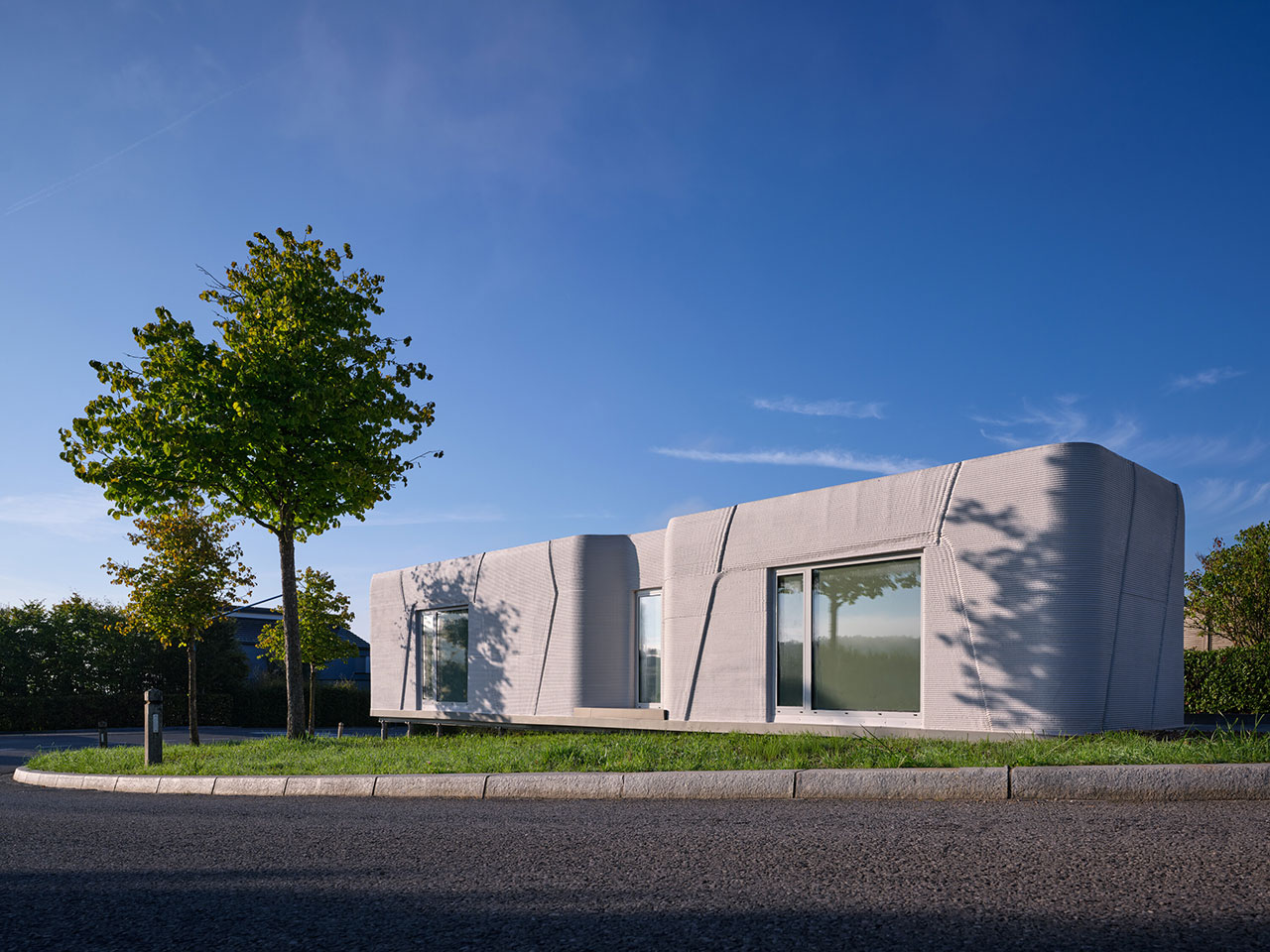
"Luxembourg has officially entered the era of 3D-printed living. Standing at just about 11.5 feet wide and 58 feet long, the Tiny House LUX squeezes innovation, sustainability, and style into a remarkably compact 506-square-foot footprint. Developed by Coral Construction Technologies - a division of ICE Industrial Services - and designed by ODA Architects, this petite dwelling isn't just a one-off experiment. It's a bold prototype for a new kind of housing solution in one of Europe's most expensive and space-limited markets."
"Luxembourg's housing crisis is no secret. The nation needs about 7,000 new homes each year but delivers barely half that number - and only a fraction qualify as affordable. Meanwhile, countless leftover slivers of land sit empty because they're too narrow or irregular for traditional construction. Tiny House LUX asks a simple question: what if these forgotten gaps became homes instead of wasted potential?"
"To bring that vision to life, ODA teamed up with Coral Construction Technologies, a company specializing in on-site 3D concrete printing, along with collaborators Georgios Staikos. Using a mobile robotic printer, the team translated Hasani's architectural model into precise toolpaths, layer by layer, directly on site. Unlike many 3D-printed homes that depend on imported dry mixes, Tiny House LUX uses standard local concrete from nearby batching plants - a first for Luxembourg and a sustainability win that reduces transport emissions."
Tiny House LUX is an 11.5-by-58-foot, 506-square-foot 3D-printed residence combining innovation, sustainability, and compact design. Coral Construction Technologies and ODA Architects developed a durable, permanent home meeting Luxembourg's high building standards while managing costs and timelines through digital fabrication. The project targets narrow, irregular urban plots that traditional construction cannot use, offering a potential response to Luxembourg's annual housing shortfall. A mobile robotic printer produced the concrete shell on-site using standard local mixes from nearby batching plants, reducing transport emissions. The printing process took about a week and the full build completed in four weeks.
Read at Design Milk
Unable to calculate read time
Collection
[
|
...
]